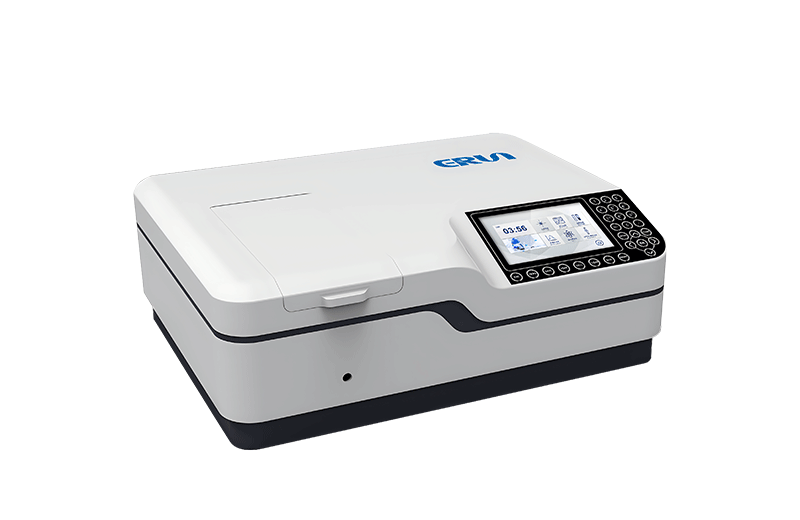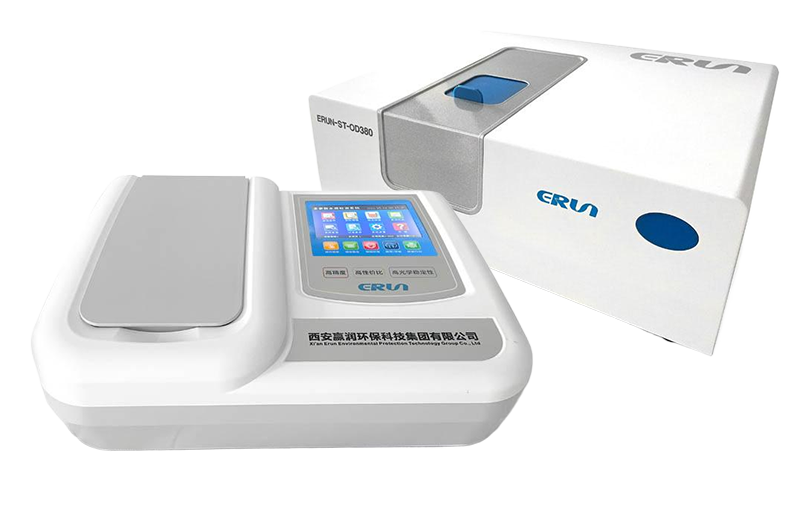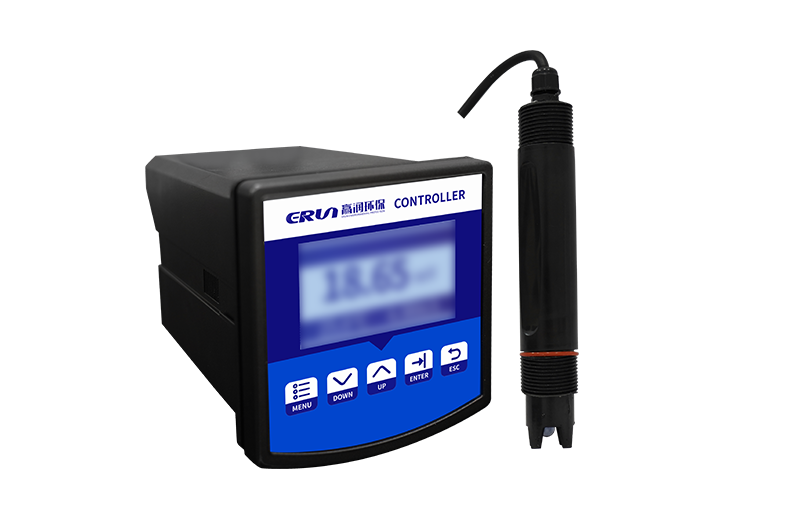Water is essential for life, industry, and environmental health, but its quality can vary widely depending on its source and use. In laboratory settings, where precision is critical, electrochemical water quality testers provide accurate, real-time measurements of key water parameters. These instruments use electrochemical principles to assess properties like pH, conductivity, and dissolved oxygen, ensuring water meets safety and quality standards. This article explores the role of laboratory and electrochemical water quality testers, their operating principles, measured parameters, applications, international standards, advantages, limitations, and future trends in water quality analysis.

Ensuring water quality is vital for protecting public health, supporting industrial processes, and preserving ecosystems. Contaminated water can pose health risks, disrupt manufacturing, or harm the environment. Laboratory testing provides the controlled environment needed for precise analysis, and electrochemical testers are particularly effective due to their sensitivity and ability to deliver rapid results. These tools are indispensable in fields like environmental monitoring, pharmaceuticals, and wastewater treatment, where even minor deviations in water quality can have significant consequences.
Laboratory water quality testers are specialized instruments designed to analyze water samples in controlled settings. When equipped with electrochemical methods, these testers use electrodes to measure specific chemical properties of water. Unlike traditional methods that rely on reagents or visual indicators, electrochemical testers generate electrical signals based on the interaction between electrodes and water components. This allows for precise, quantitative measurements of parameters critical to water quality, making them ideal for laboratory applications where accuracy is paramount.
Electrochemical water quality testers measure several parameters that provide insights into water’s suitability for various uses. The most common include:
pH: Measures the acidity or alkalinity of water, critical for chemical reactions, biological processes, and corrosion control.
Conductivity: Indicates the presence of dissolved solids (TDS), reflecting water’s salinity and potential for scaling or corrosion.
Dissolved Oxygen (DO): Measures oxygen levels, essential for aquatic ecosystems and wastewater treatment processes.
Oxidation-Reduction Potential (ORP): Assesses water’s ability to oxidize or reduce substances, often used to monitor disinfection processes.
Ion-Specific Measurements: Uses ion-selective electrodes to detect specific ions like fluoride or nitrate, important for environmental and health assessments.
These parameters are often measured simultaneously using multi-parameter testers, streamlining laboratory workflows.

Electrochemical water quality testers operate by detecting chemical changes through electrodes immersed in a water sample. Each parameter requires a specific electrode or sensor:
pH Measurement: A glass electrode sensitive to hydrogen ions generates a voltage proportional to the pH, which is compared to a reference electrode’s stable voltage.
Conductivity: A pair of electrodes applies an alternating current to the water, measuring resistance to calculate conductivity, which reflects ion concentration.
Dissolved Oxygen: A polarographic or optical sensor detects oxygen levels. Polarographic sensors reduce oxygen at a cathode, producing a measurable current, while optical sensors use fluorescence quenching.
ORP: An inert electrode, often platinum, measures the redox potential, indicating the water’s oxidative or reductive capacity.
Ion-Selective Electrodes: These detect specific ions by generating a potential based on ion activity, measured with a high-impedance voltmeter.
Calibration with standard solutions, such as pH buffers or conductivity standards, is essential to ensure accuracy, particularly in complex water samples containing multiple ions or contaminants.
To ensure reliable and comparable results, electrochemical water quality testing adheres to international standards. These provide guidelines for measurement techniques, calibration, and data reporting. Key standards include:
ISO 5814:2012: Specifies methods for measuring dissolved oxygen using electrochemical probes, ensuring accuracy in laboratory and field settings (ISO Dissolved Oxygen).
ASTM D1293-95(2018): Outlines standard test methods for pH measurement in water, emphasizing precision and electrode calibration (ASTM pH Standard).
ISO 7888:1985: Provides guidelines for determining electrical conductivity in water, critical for assessing dissolved solids (ISO Conductivity).
ISO 10523:2008: Covers pH measurement in aqueous solutions, applicable to laboratory testing across industries (ISO pH Standard).
These standards ensure that measurements are consistent, reproducible, and meet regulatory requirements, supporting global water quality efforts.
Laboratory and electrochemical water quality testers are used in diverse applications, including:
Environmental Monitoring: Assessing the health of rivers, lakes, and groundwater to detect pollution and protect ecosystems.
Industrial Processes: Ensuring water used in manufacturing, such as in chemical or pharmaceutical production, meets quality specifications to avoid product defects.
Wastewater Treatment: Monitoring water quality during treatment to ensure compliance with discharge regulations and safe reuse.
Pharmaceuticals: Verifying the purity of water used in drug formulation, where precise pH and conductivity are critical.
Food and Beverage: Ensuring water quality for processing and safety, preventing contamination in products like beverages or canned goods.
Research and Development: Supporting studies on water chemistry, pollution control, and new treatment technologies.
These applications highlight the versatility of electrochemical testers in addressing varied water quality needs.

High Precision: Electrochemical testers offer resolutions as fine as 0.01 pH units or 0.1 μS/cm for conductivity, ensuring accurate results.
Real-Time Data: Many testers provide continuous measurements, enabling rapid response to quality changes.
Multi-Parameter Capability: A single device can measure multiple parameters, reducing equipment needs and costs.
User-Friendly Design: Modern testers feature digital displays and automated calibration, simplifying operation.
Maintenance Needs: Electrodes require regular cleaning and calibration to prevent fouling or drift, which can be time-consuming.
Cost: High-quality laboratory testers can be expensive, though their accuracy justifies the investment.
Interference: Certain water components, like high organic content, can affect electrode performance, requiring careful sample preparation.
Despite these challenges, the precision and versatility of electrochemical testers make them essential for laboratory water analysis.
Advancements in technology are enhancing electrochemical water quality testers:
IoT Integration: Smart testers with wireless connectivity enable remote monitoring and data sharing, improving efficiency in large-scale operations.
Nanomaterial Electrodes: New materials, like carbon-based nanomaterials, enhance sensor sensitivity and durability, reducing interference.
Miniaturization: Compact, portable testers are becoming more powerful, offering lab-grade precision for field applications.
AI and Predictive Analytics: Machine learning algorithms can analyze data trends, predicting water quality issues before they occur.
These innovations promise to make electrochemical testers more effective and accessible, supporting global water quality management.
| Parameter | Measurement Method | International Standard |
|---|---|---|
| pH | Glass electrode potentiometry | ASTM D1293-95(2018) |
| Conductivity | Conductometric method | ISO 7888:1985 |
| Dissolved Oxygen | Electrochemical or optical probe | ISO 5814:2012 |
| ORP | Redox electrode | No specific standard listed |
| Ion-Specific | Ion-selective electrodes | Varies by ion |
This table summarizes the primary parameters measured by electrochemical testers and their corresponding standards, providing a quick reference for laboratory professionals.
Laboratory and electrochemical water quality testers are vital tools for ensuring water safety and quality across industries. By leveraging electrochemical principles, these instruments provide precise, real-time measurements of critical parameters like pH, conductivity, and dissolved oxygen. Adherence to international standards ensures reliability,